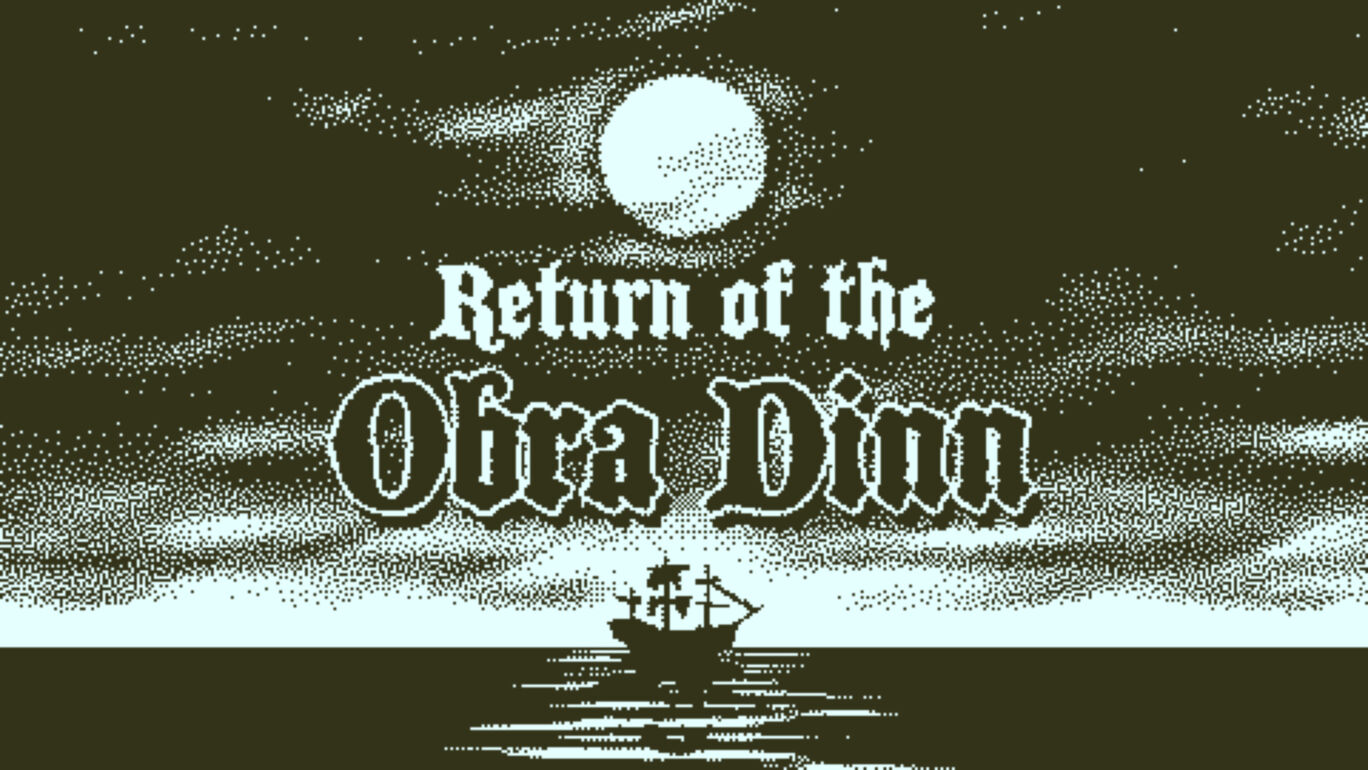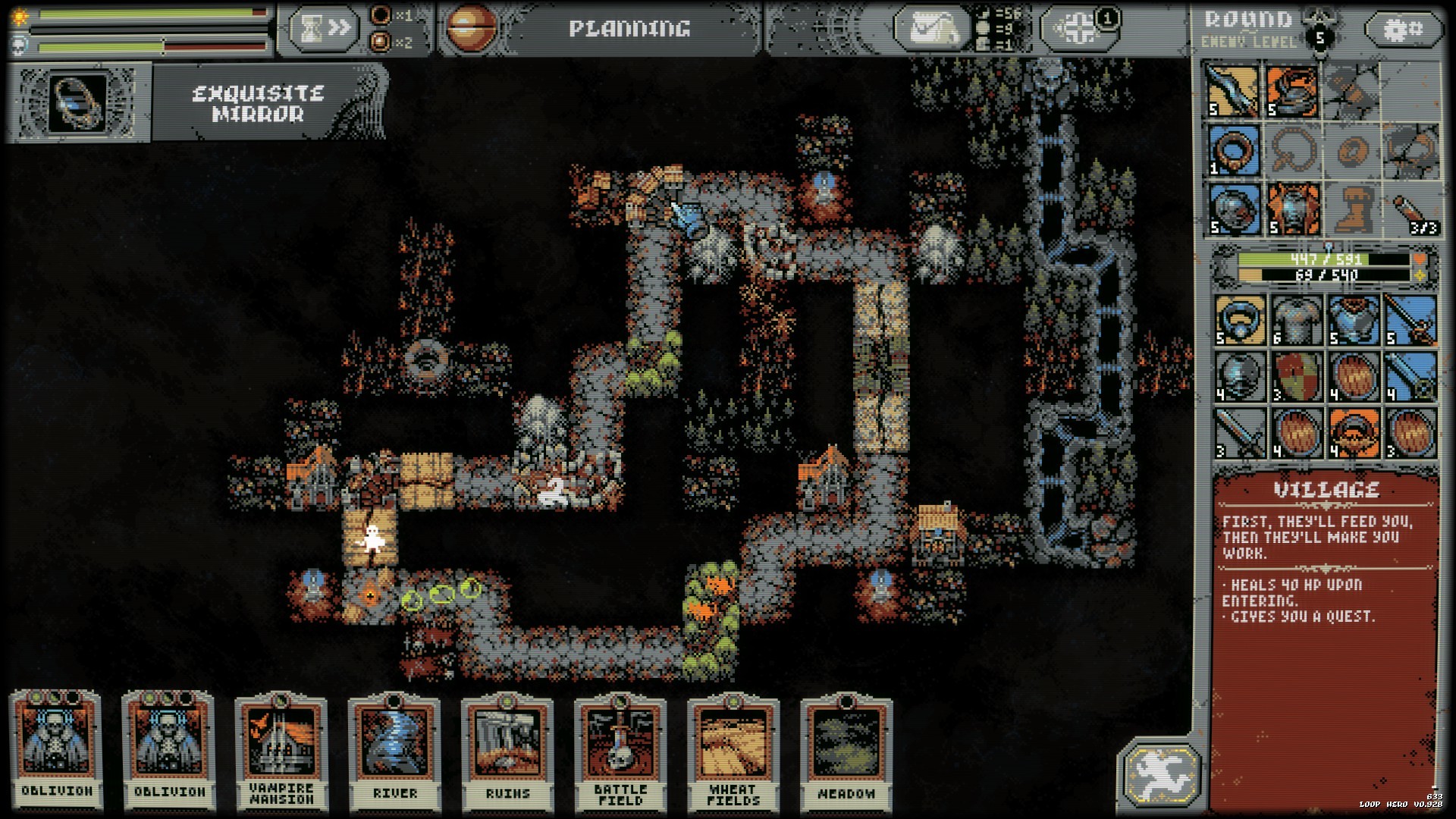Introduction

Idol Manager is a game in which players hire idols, release singles, manage events such as concerts and world tours, in order to build their ideal music franchise. Players need to manage finances, idol stamina and health, along with ensuring idols are satisfied and not being bullied.
The game is available on Steam at this link: https://store.steampowered.com/app/821880/Idol_Manager/
Gameplay demo: https://www.youtube.com/watch?v=LHFcXG9Mg9g
The Elemental Tetrad
Mechanics
These are the main mechanics involved in the game:
- Idol stamina. Management of stamina is crucial, because stamina translates into money – everything that idols can do to make money for the company requires stamina, be it practising and improving skills, holding performances or recording singles. If mismanaged, idols can become injured or even depressed, costing the company financially and in reputation.
- Idol and staff abilities. Due to the aforementioned idol stamina, the player needs to decide how much time and money to invest into improving their idols’ skills – higher skills will lead to higher popularity with groups of fans. This comes with the opportunity cost of making less money for the company in the short-term, due to the usage of idol stamina. Furthermore, idols do graduate eventually, which means that the investment into skills is only a medium-term affair. Idols also have traits, which can be helpful or hindering, and add another dynamic to the management of idol stamina and relationships.
- Idol potential and auditions. While idols can practise to improve their skills, the potential mechanic means that they take a significantly longer time to make any progress once any of their skills reach their potential. Idols are grouped into several categories: normal, bronze, silver, gold and platinum. Idols with better potential categories can greatly improve their skills and become world-class performers. The more money a player spends on auditions, the better their chances of signing such performers.
- Fan demographics. There are many options in the game allowing the player to make the kind of music they want, such as genre choice, choreography and vibe. These choices influence the fan demographics that the player’s idol group has. The demographics are further divided into casual and hardcore fans. Casual fans can come in significant numbers, but will make fewer purchases and be less interested in niche genres and choreography. Hardcore fans love these, on the other hand, but there are much fewer of such fans. The player can choose to appeal to a wide audience or specialise in certain flavours, but there is a reward for having a clear direction for their fanbase.
Story
There is a story to Idol Manager which is somewhat secondary to the main gameplay mechanics. The sponsor of the company is attempting to shed his shady past. His daughter (relationship unknown to the player for most of the game) has a rival company and serves as the main antagonist, yet is a mostly likeable character. There is a branching storyline based on what tasks the player chooses to do – for instance, should the player help a freelance reporter with her stories on several occasions, she will be available as an idol in the game.
Aesthetics
The game is mainly made out of menus, dialogs and 2D sprites decked out in bright, inviting colours and an attractive but unassuming font. The main office features pixel art and simple animations. There are some cutscenes showing visual novel style aesthetics, again featuring simple animations but high quality 2D anime-style art. These visuals make it easy for the player to navigate through the options in the game, while enjoying the occasional visual surprise brought by the cutscenes.
Technology
Idol Manager is technologically simple, with keyboard and mouse controls for the menus and very basic interaction between the player and the game. To my knowledge, the game does not have or need advanced rendering techniques, as it is simple enough to run well without expensive hardware.
Lenses
The Lens of Pleasure (#20)
Idol Manager causes a player to be invested in their idols. When an idol wins an award, it is a satisfying accomplishment, further rewarded by the bonuses brought about by the accomplishment. The player derives significant pleasure from developing their idols, managing them well and leading them to greater heights.
There is a missing piece of the puzzle though, as the placing of the idol in the world of idol manager is not known. It would be even more satisfying if there were idol rankings that the player could hope his idols would feature, as there are in real life.
The Lens of Endogenous Value (#7)
Idol Manager perhaps places equal importance on idol skills and staff skills. Thus, each of these are seen as extremely valuable. With the best staff, even the worst idols can be developed. With the best idols, the company can be carried on their shoulders even as the staff slowly develops. Interestingly, the player is most motivated by finances at first, as it is very easy for the company to fail in the early-game. As the player gains financial stability, though, the focus becomes on the player releasing the best music possible, which means the player will shift their focus to developing the skills of the staff and idols.
The Lens of Meaningful Choices (#39)
On a less insightful scale, the player does make decisions when random PR hiccups happen – damage control is needed on the part of the player. This is somewhat superficial, as the events are pre-programmed and the player can know what the best decision is. On the other hand, the gameplay mechanics are rich enough such that each choice the player makes – hiring talent through various types of auditions, choosing established staff over rookies, making popular but generic music versus making polarising tracks – decides the path that the player’s company takes, and the player feels in control.
The Lens of The World (#84)
In the world of idol manager, the player is able to assume the role of an idol franchise manager, which is unlikely to happen in real life. The player gets to become invested in the idols he manages, through conversations with the idols (including romancing, though rarely so), developing them and making them successful. However, when these successes are obtained, the world becomes rather one-dimensional with no evidence that a franchise has truly become successful, such as fan-interaction, show appearances, cult status etc. Furthermore, it can be hard to believe that there are other competing franchises in the world, aside from some generic song names sharing the monthly hits charts. While there are some elements of the world that are rich and enjoyable, it is largely not dynamic enough to be truly believable in the context of idol management.
Conclusion
Overall, Idol Manager is a challenging and rewarding game where the idols truly shine, and the fun of the game is in the rise to the top. That being said, it can be one-dimensional once the peak is reached, though the player can just choose to start with all new idols (but now with well-equipped staff and facilities).





















